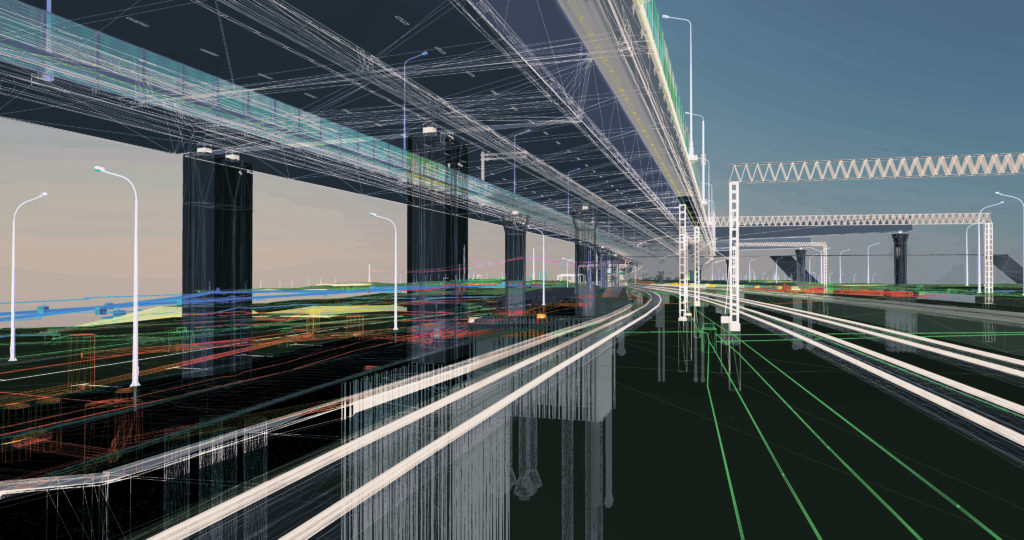
Infrastructure has been the byword this past year as Congress and the Biden administration have negotiated on the larger and finer points of updating highways, bridges, rails, power grids, broadband internet and the creation of a myriad of programs and policies related to climate change, restoration of lakes, removal of lead pipes, provisions for clean drinking water, and reduction of vehicular collisions with wildlife. The case for these updates comes as infrastructure’s invisibility cloak has become thread-bare with the moth holes of indifference during the past few decades.
Just as in the case with the crumbling of the nation’s infrastructure and the tantamount need for modernizing, the nation’s higher education system needs a similar-in-scope overhaul. In last Thursday’s class, we listened (via Zoom) to two thought leaders in the area of Open Educational Resources (OER)—David Wiley and Nicole Allen—and they both proposed using OER as an educational infrastructure with the idea that there are a myriad of possibilities to build upon it.
“OER is about creating possibilities,” said Wiley. “When infrastructure is of reasonable quality and it’s available for everybody to use, then it becomes kind of an innovation platform that you can do all kind of stuff on top of.” He furthered explained that there is a “base layer on which all the interesting things we do depend” and that having that infrastructure in place “doesn’t mean that anything interesting is going to happen, but minimally it has to be present,” said Wiley. “It’s necessary, but not sufficient.”
Allen later commented, “I think the future of OER is going to require a shift in the way that higher education looks at course materials and I think it probably needs to be a part of that broader systemic shift and reckoning that higher education needs to go through in terms of like—Why are we actually here? Are we doing what we think we are we doing? Are students getting out of this what they think they [are getting] at the beginning?”
Wiley stated that the “intellectual infrastructure of education” is based on outcomes, content, assessments and certification. He said that he thinks of all of those things as infrastructure, just like we would think about roads and power and water [in a city]. “Nobody really gets excited about roads but everybody gets mad when the infrastructure doesn’t work, like when the power goes out or a road is blocked; otherwise, this infrastructure is invisible until something goes wrong.” He added, “Imagine trying to do education without any learning goals, learning content, assessment of learning or any recognition.”
“How do we make the kind of investments to have that kind of infrastructure?” Allen posed. “OER is going to take investment in training, professional development, new staff….” she added. “The future of OER is thinking about OER as infrastructure, and as part of the core infrastructure of what institutions do” as indicated by Wiley’s hard nod to outcomes, content, assessments and certification.
I think the invisibility cloak has been pulled from the higher education infrastructure and the moth holes are showing. Making a shift to think of OER as educational infrastructure begins the possibilities for higher education to make beneficial changes.
